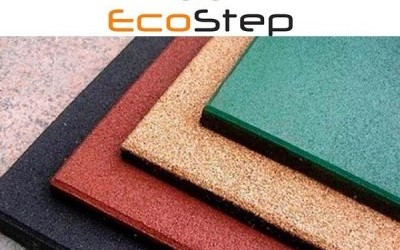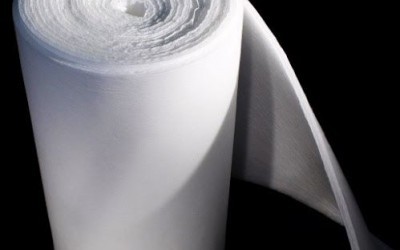Waterproofing works
Waterproofing works involve the process of protecting construction objects from moisture and water. They encompass the application of various materials and methods to prevent the penetration of moisture and water into the structures of buildings and facilities. Here are key aspects and methods of waterproofing works:
-
Material Selection: The first step in waterproofing works is choosing appropriate materials. These can include waterproof membranes, films, liquid waterproofing compounds, or other materials specifically designed to protect against water.
-
Surface Preparation: Proper surface preparation is essential before applying waterproofing materials. This includes cleaning surfaces from contaminants and repairing cracks and damages.
-
Application of Waterproofing: Waterproofing materials are applied to surfaces according to the manufacturer&single_quot;s instructions. This may involve applying a sealant layer, laying membranes, or using other methods.
-
Drainage Systems: In some cases, drainage systems are employed to divert water away from the structure, reducing the load on the waterproofing.
-
Quality Control: Waterproofing works should be carried out by professionals, and the quality of the work should be strictly controlled.
-
Warranty and Maintenance: After completing waterproofing works, a warranty for their effectiveness may be provided. Regular maintenance is also important to ensure the longevity of the waterproofing.
Waterproofing works are a crucial component of construction and renovation projects, as they protect buildings and structures from moisture, preventing potential damage and preserving their durability.






